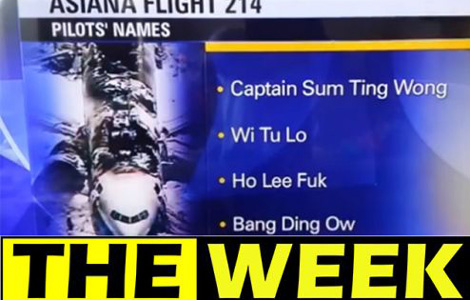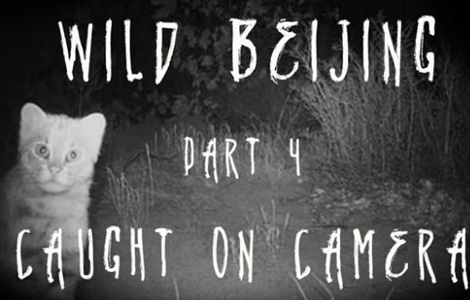The magic of PhotoShop
Updated: 2013-06-29 07:41
By Raymond Zhou (China Daily)
|
|||||||||||
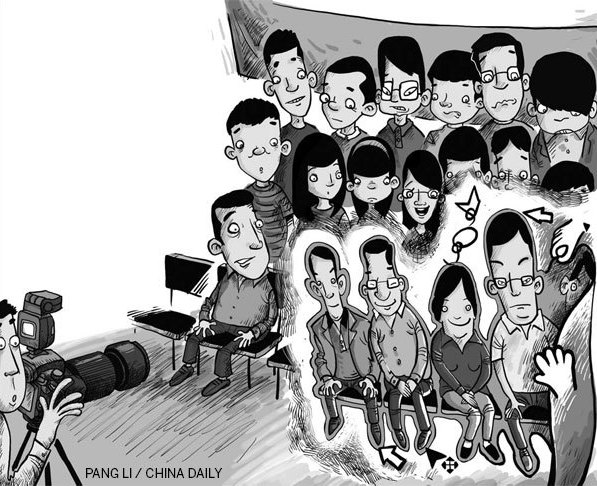
Photographs involving officials must conform to the hierarchy so inexorable in Chinese tradition. Sometimes the shady practice of 'touching up' is used to achieve that goal.
PhotoShop is such a magical application, combining the veracity of photography with the artifices of old-style portraiture. When a moment of random truth is not ideal, one is tempted to fiddle with it, touching it up to the level of presentability.
The latest illustration involves a group photo of a graduating class in Guangdong province. As four of the top administrators of a high school could not make it to the scene, the front center of the picture was reserved for them and their images were later digitally implanted. But whoever was assigned post-production did a poor job, with the coloring of the two portions incongruous with each other, and one of the teachers even missing a leg in the final printout.
Some students regarded it as an insult and refused to take the doctored picture. The school authorities explained that the four "leaders" had to be elsewhere that day and regretted they could not make it to the photo shoot. Besides, it is a common practice on such occasions, they said, promising to hire a better PhotoShop operator to merge the added image more flawlessly into the larger picture.
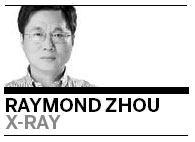
In June 2011, a government website in Sichuan province posted a photo of three officials inspecting a newly completed road. But the three of them seem to be floating in the air as there are no shadows and the edges of their bodies have a cardboard cutout feel. Soon, the county government admitted to altering the photo.
The "leaders" did indeed make the inspection tour, as were shown in later disclosed source material, but the background for the real photos was deemed less than ideal. Hence the effort to make it better.
In a way, you have to pity the photographer whose job it is to capture the big boss at his most glowing instant. What if you have no access to the best vista point? What if someone rambles by and blocks your view? What if the No 2 person is closer to you than the No 1 guy, in which case the relatively less important person takes the focal point?
Chinese society is big on hierarchy. Who sits where at an official function is almost elevated to a science. One blunder and you can kiss your career in officialdom goodbye. But a photographer does not have the luxury of a protocol officer. Normally he does not have the power to tell the VIPs where to stand and where to sit. He has to translate the order of importance into visual positioning. And no matter how well rehearsed a function is, once it starts it is a live event that cannot be repeated. I mean, usually.
Fortunately, modern cameras allow you to shoot like a machine gun, taking quick successions of photos so that the best expression can be captured. But the best position vis-a-vis the object of the photograph can still be elusive.
Say, a county magistrate is making a grand tour of a local factory, followed by a coterie of his lieutenants. Suppose you are several steps ahead and therefore occupy the best position for snapping. First of all, the lieutenants have to know their places and stay slightly behind so as not to be disproportionately bigger than whoever is higher on the official echelon. Second, staff and security usually clear the way, and often inadvertently block the best view for the photographer.
No wonder the temptation to modify photos involving officials is so strong. Protocol correctness stipulates one of a certain rank occupies a designated place in a photo relative to his superiors and subordinates. When the correct ranking cannot be achieved visually, photograph editing software comes to rescue - as an omnipotent savior of sorts.
Imagine the shock of many of my countrymen when we saw the photograph of US President Barack Obama sitting in a room with his team watching a live relay of the US mission to kill Bin Laden. Obama is off the center and looks the smallest of the group. This is so hierarchically incorrect that it became a joke to some of us and, to others, the joke is on us.
Beyond the protocol, there is a certain political correctness at play when historical images are changed to reflect current political winds. Take the group photo of the founders of the People's Republic when Chairman Mao Zedong declared it on Tian'anmen Rostrum. One by one, the founders fell out of political favor and were removed from the photo - before PhotoShop was invented no less. In the end, we had to rely on an oil painting of the event, which, as you can understand, is the most flawless in a revisionist way.
Fortunately, the tendency to revise historical photos is less popular now. In museums, you'll see Lin Biao, a major revolutionary veteran who died fleeing the country, in old photos.
Journalistic photography is the last bastion of truthfulness in terms of visual information. Even if it is not digitally adjusted, it may not reflect the complete truth as certain situations can be staged and key elements may not be seized at the right moment. If we cannot hold this last line to present what we see, we had better resort to fashion photography.
For example, a group photo for a fashion magazine is usually composed piece by piece rather than shot all at once. Using the same logic, the graduation photo can have more than two portions joining together; it can be shot individually and placed in whatever formation the school authorities deem perfect.
Maybe we should substitute the journalistic standard for the fashion standard. Hire stylists for official functions and turn current affairs publications into glossy fashion books.
Why take a few tentative steps when you can push the concept of "beautification" all the way to the extreme? You can turn stolid imagery into pop idolatry with one swoosh.
We live in a world of black comedy anyway.
Picture doctoring is predominantly used for powers-that-be, but sometimes it is used against them. In recent years there have been reports that criminals use PhotoShop to create nude photos of officials and use these photos to blackmail them. I guess most recipients would simply laugh it off, but a few are said to have paid up. "But why? It's not your body; it's just your face grafted on someone else's body," I can't help but protest. Maybe the doctoring is so well done even the blackmail victims believe they are real, taken when they were totally inebriated.
Think of it. Digital photograph editing software is like genetically modified food. It can make you sprout an extra arm or leg just as a GM tomato can be in any shape the grower wants. It can create some fun, but what we need is correct labeling.
If you enhance a photo, just don't call it a news photo and don't publish it in a news platform. Then I don't mind if everyone is edited to look like Huang Xiaoming or Fan Bingbing.
Contact the writer at raymondzhou@chinadaily.com.cn.
(China Daily 06/29/2013 page11)
Today's Top News
China's government spends less in 2012
Obama weighs canceling Moscow talks with Putin
Xi hails closer cooperation with Switzerland
Yuan: Collateral types to expand
Overall home price rise softens
'Downside risk can be managed'
Detroit files biggest ever US municipal bankruptcy
Mandela turns 95 in hospital bed
Hot Topics
Lunar probe , China growth forecasts, Emission rules get tougher, China seen through 'colored lens', International board,
Editor's Picks

|
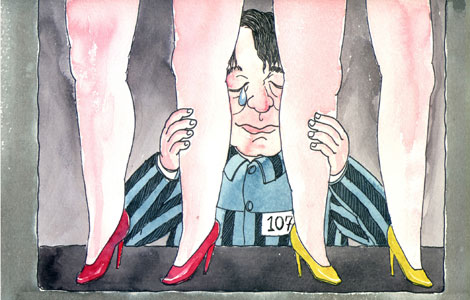
|

|

|

|
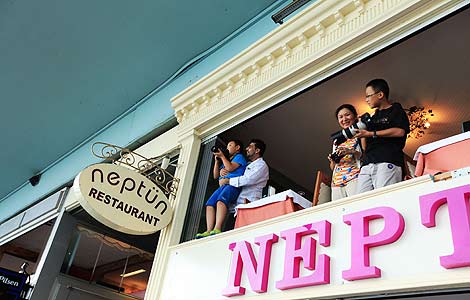
|
